Russian Defense Minister Sergei Shoigu visited the Omsktransmash plant on June 17 to oversee the implementation of the state defense order. "Minister Shoigu inspected the implementation of the state defense order at a plant in the Omsk region that produces tanks and heavy flamethrower systems," the Russian Defense Ministry said in a statement.
Minister Shoigu stressed the importance of further expanding Russia's production capacity of tanks and heavy flamethrower systems, which are mainly based on the chassis of the T-72 tank. He also informed the management of another unnamed facility that the "State Defense Order" must be implemented on schedule.
Mr. Shoigu further stressed that it is important to pay special attention to enhancing the protection of the crew. Mr. Shoigu also inspected the condition of the equipment being prepared for dispatch to the front-line units.
Omsktransmash tank factory
The Omsktransmash tank factory is the largest military industrial facility in the region and one of the largest in Russia today, and is also the main focus of Minister Shoigu's visit this time.
Omsktransmash was one of the five major Soviet tank manufacturing facilities during the Cold War and one of the three largest defense equipment manufacturing facilities along with the Uralvagonzavod plant located in the Ural Mountains and Malyshev located in present-day Ukraine.
The facility produced T-54/55 tanks during the Cold War and was the last facility still producing T-54/55s in the late 1970s. The factory line was then switched to producing the more expensive T-80s for export.
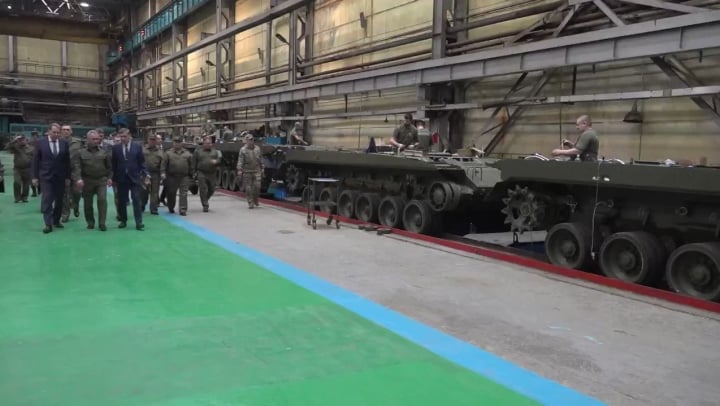
Russian Defense Minister visits Omsktransmash plant.
As one of the world's largest tank factories, Omsktransmash was the only factory producing the T-80 until 1988, after which the Malyshev factory also switched to the T-80 after stopping production of the T-64.
However, the T-80 produced in Malyshev was mainly a diesel-powered version with lower production and operating costs, while Omsktransmash produced a gas turbine-powered variant with superior maneuverability and high performance in cold weather conditions, but this version was much more expensive.
After the collapse of the Soviet Union, orders for T-80 tanks decreased significantly, and the Russian military sold most of its T-80 tanks in stock to South Korea and Cyprus.
For Ukraine, after inheriting the Malyshev plant, most of its inventory of tanks, both completed and partially completed, were used to fill a Pakistani order in 1996, which included 320 T-80s.
Although the T-80 is the most powerful Soviet tank and the T-80UK variant is considered the most capable tank in the world, due to its high production and operating costs, both the Russian military and foreign customers mainly choose the much lower cost T-72.
Meanwhile, the latest variant of the T-72, the T-72BU, later renamed the T-90, has also been selected by the Russian Ministry of Defense and many foreign customers.
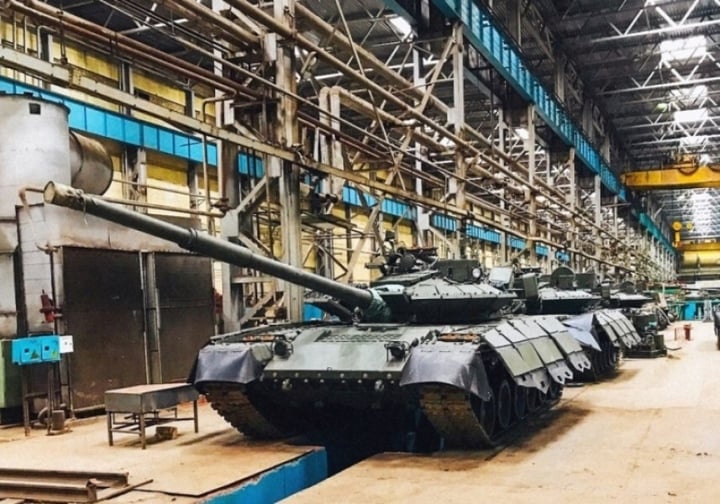
Inside the Omsktransmash plant.
After the collapse of the Soviet Union
After the collapse of the Soviet Union, Omsktransmash also turned to civilian equipment production, while also providing refurbishment services for Soviet-era vehicles and offering new upgrade packages for the T-55 and T-80. However, the plant struggled to stay afloat. The company filed for bankruptcy in the early 2000s, and many of its tank manufacturing facilities were absorbed into Uralvagonzavod.
Meanwhile, Uralvagonzavod still has many export orders for the T-90, mainly from India and Algeria. In contrast to the situation of many other tank factories, Uralvagonzavod remains the most active tank factory in the world and the only factory from the former Soviet Union that still produces tanks.
However, until 2019 when the first T-90M tanks were delivered to the Russian army, upgraded variants of the T-80 were still considered the most capable tanks in the Russian army.
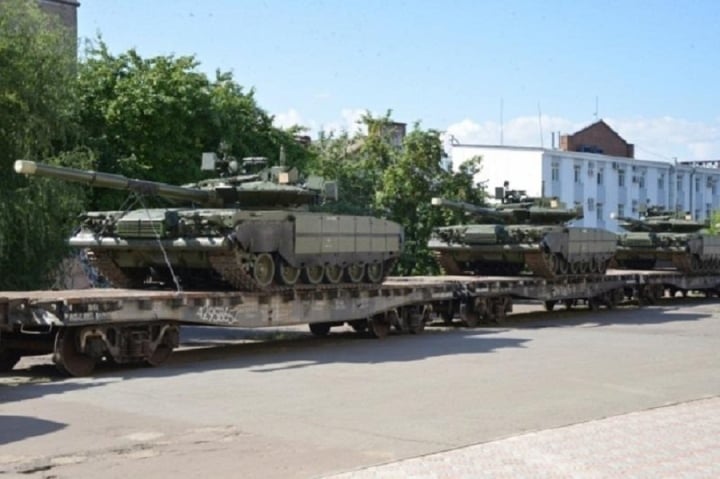
T-80 tank from Omsktransmash plant.
The Russian military in the 2010s seriously considered completely removing the T-80 from service and significantly reducing the proportion of other tanks in service, in order to re-equip more T-72s from the reserve due to lower operating costs.
However, the T-80 was retained in service, mainly due to its good suitability for harsh weather conditions thanks to its gas turbine engine, making it the optimal tank for operations in Russia's vast Arctic region.
Therefore, it is understandable why the Russian army is pushing to produce up to 1,000 T-90 tanks to meet demand, but the Omsktransmash plant plays no role in this.
Instead, the facility is expected to continue to serve as a center for the modernization and refurbishment of thousands of military vehicles including tanks and self-propelled guns to meet the needs of the Ukrainian front, as well as converting T-72 tank chassis into TOS-1A flamethrower vehicles.
Le Hung (Bulgarian Military)
Useful
Emotion
Creative
Unique
Source








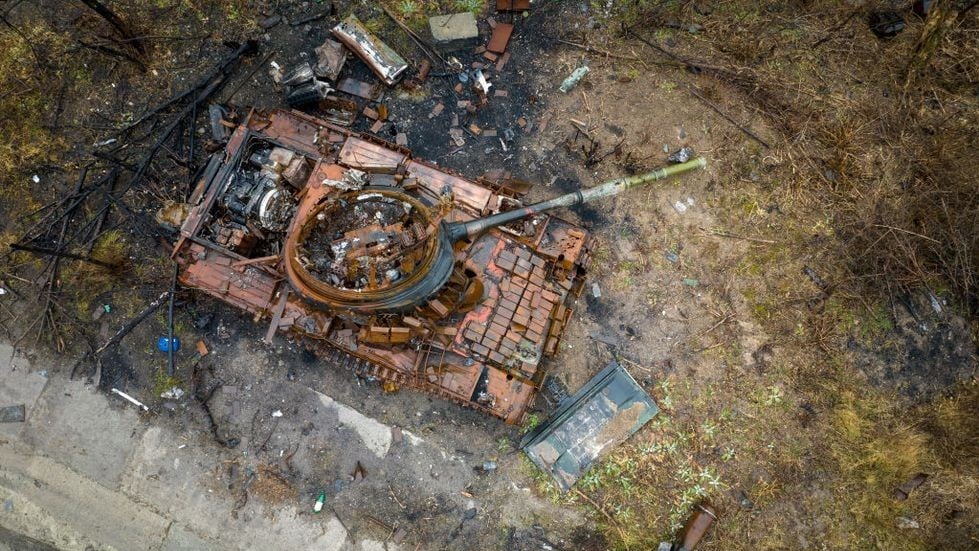

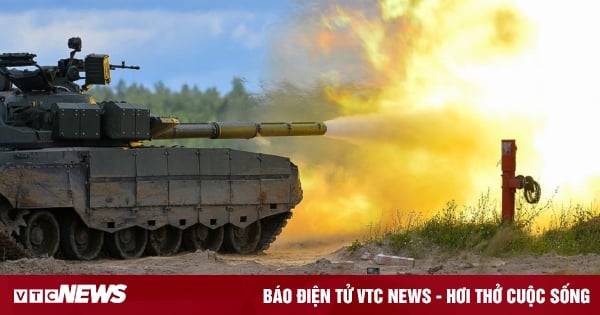
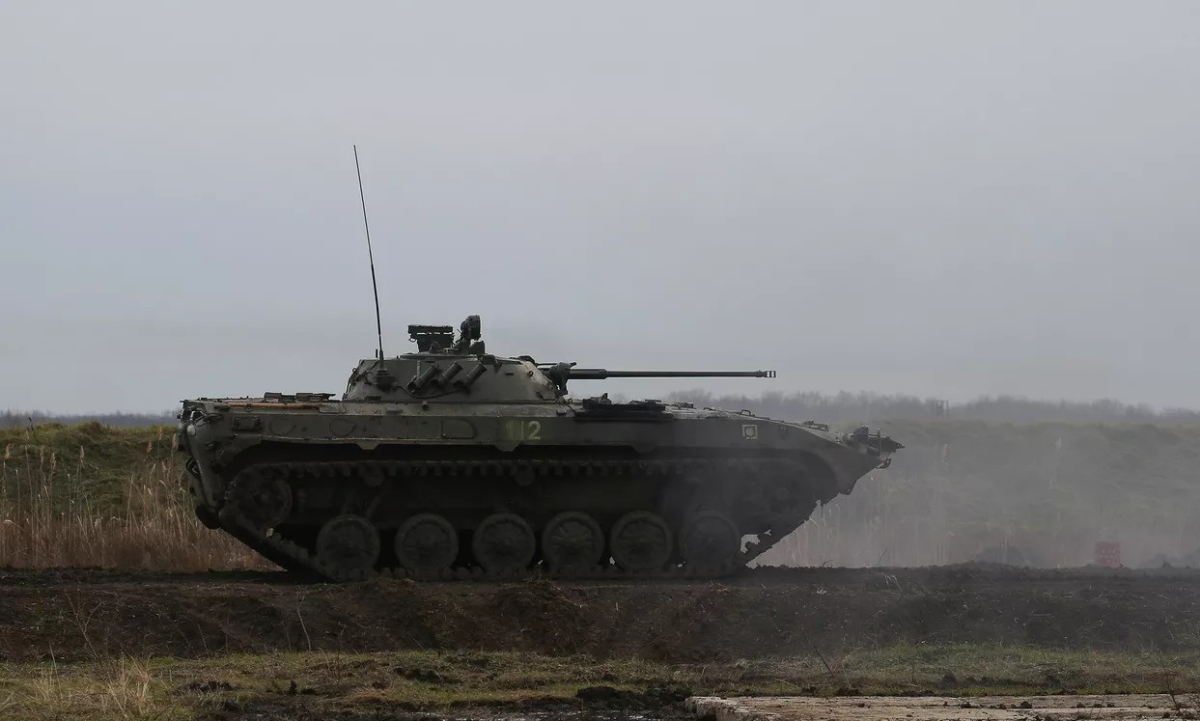

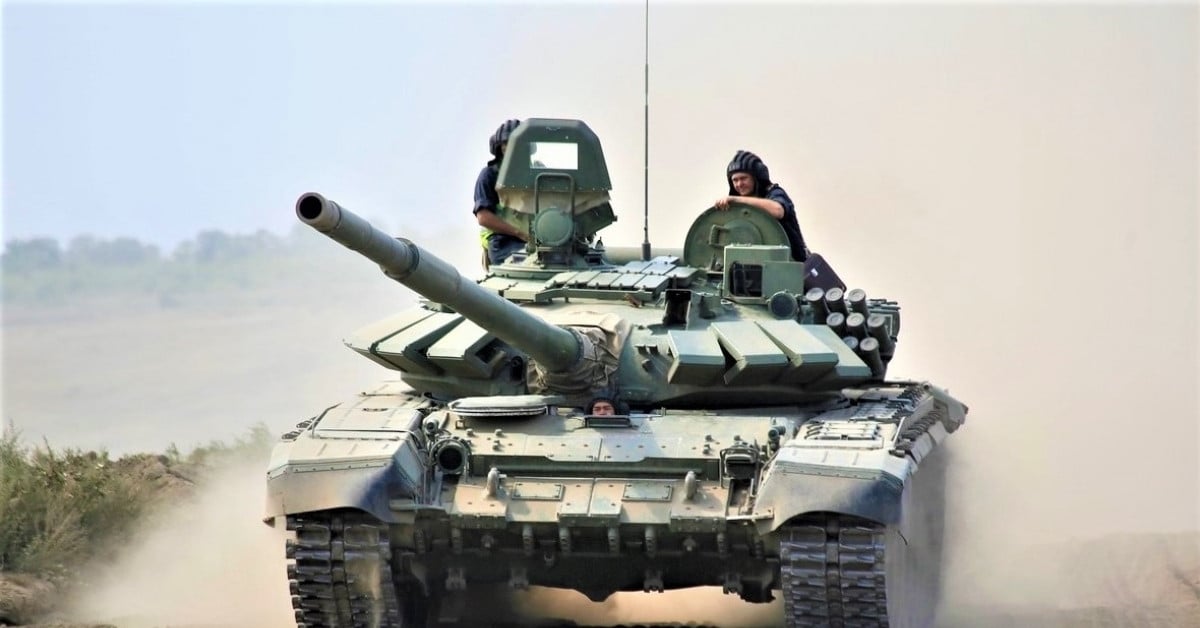

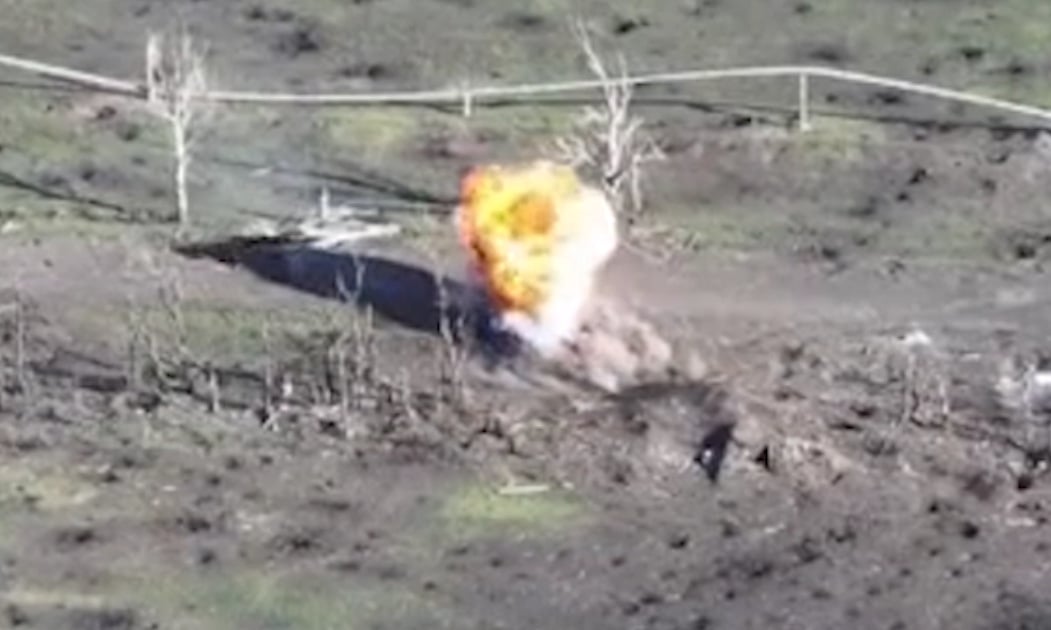
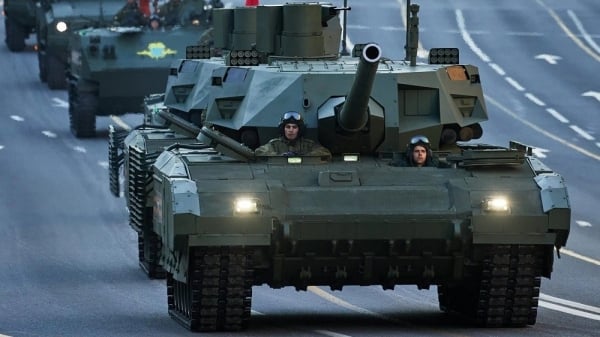
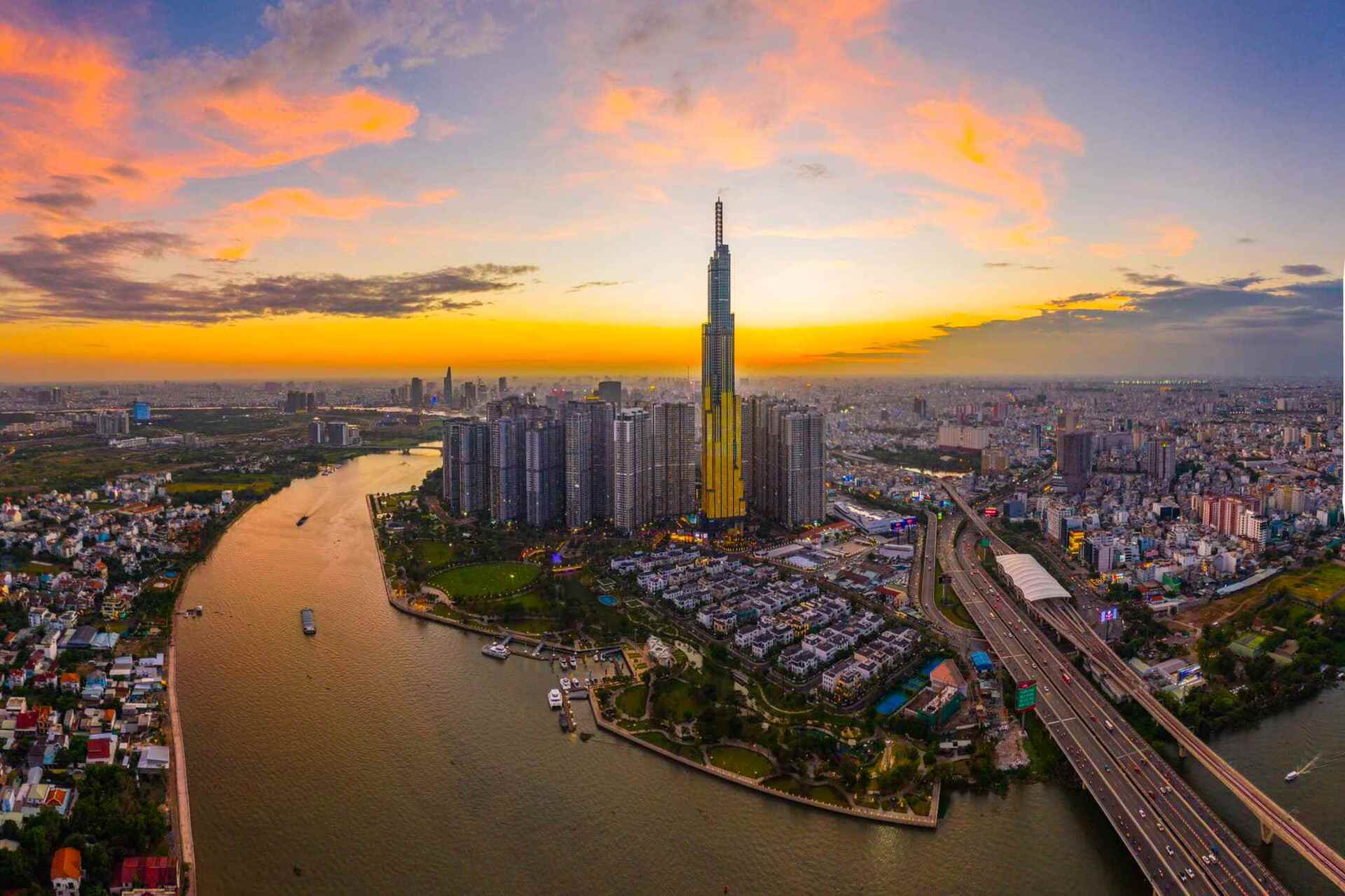

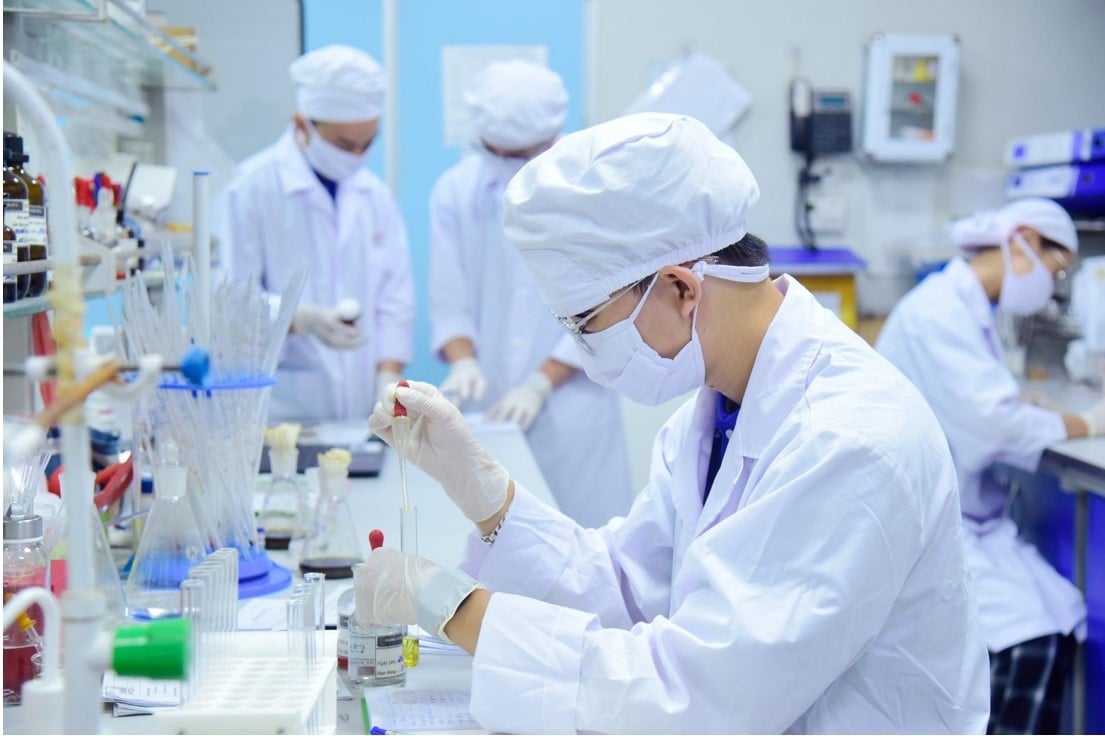

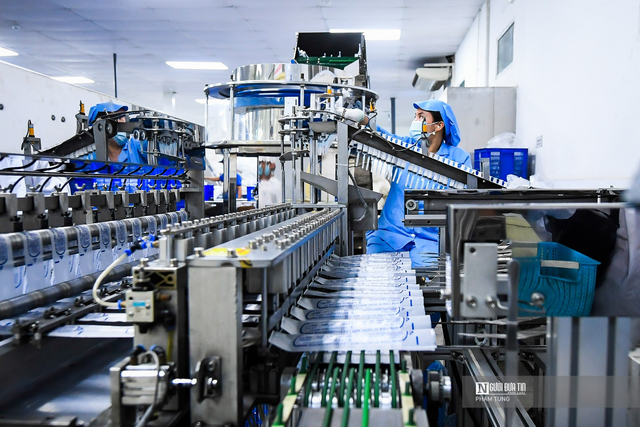

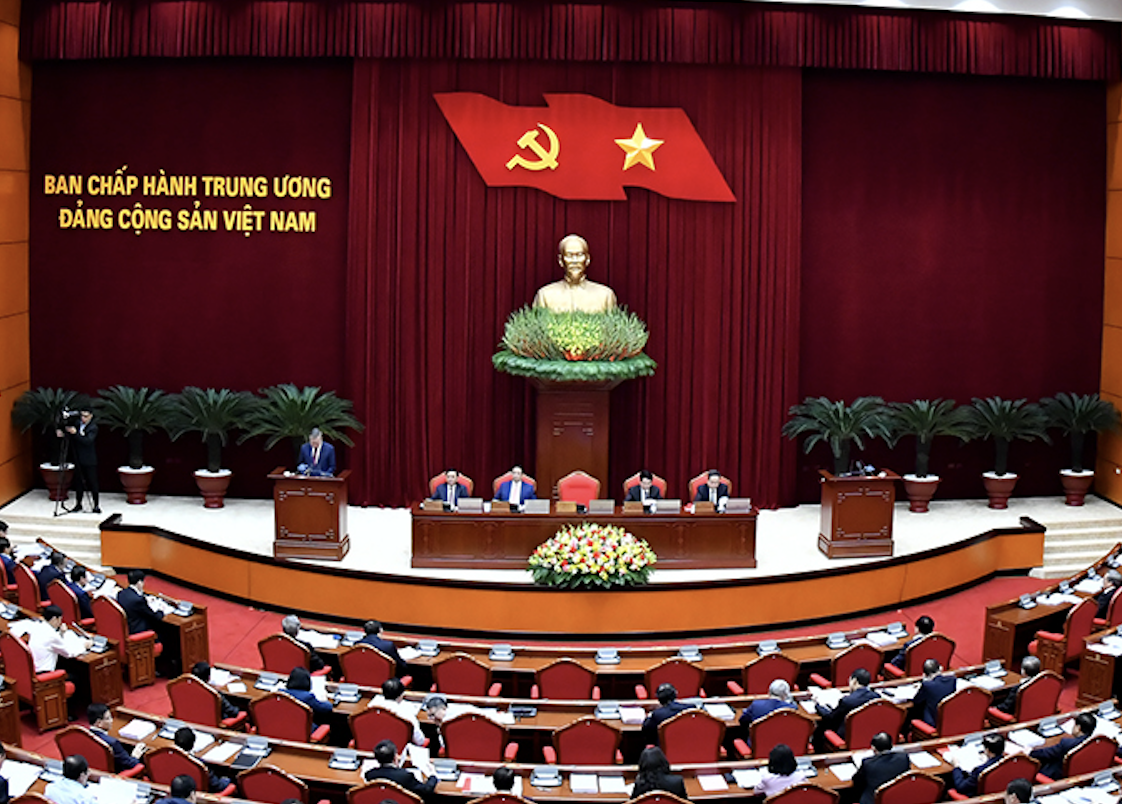
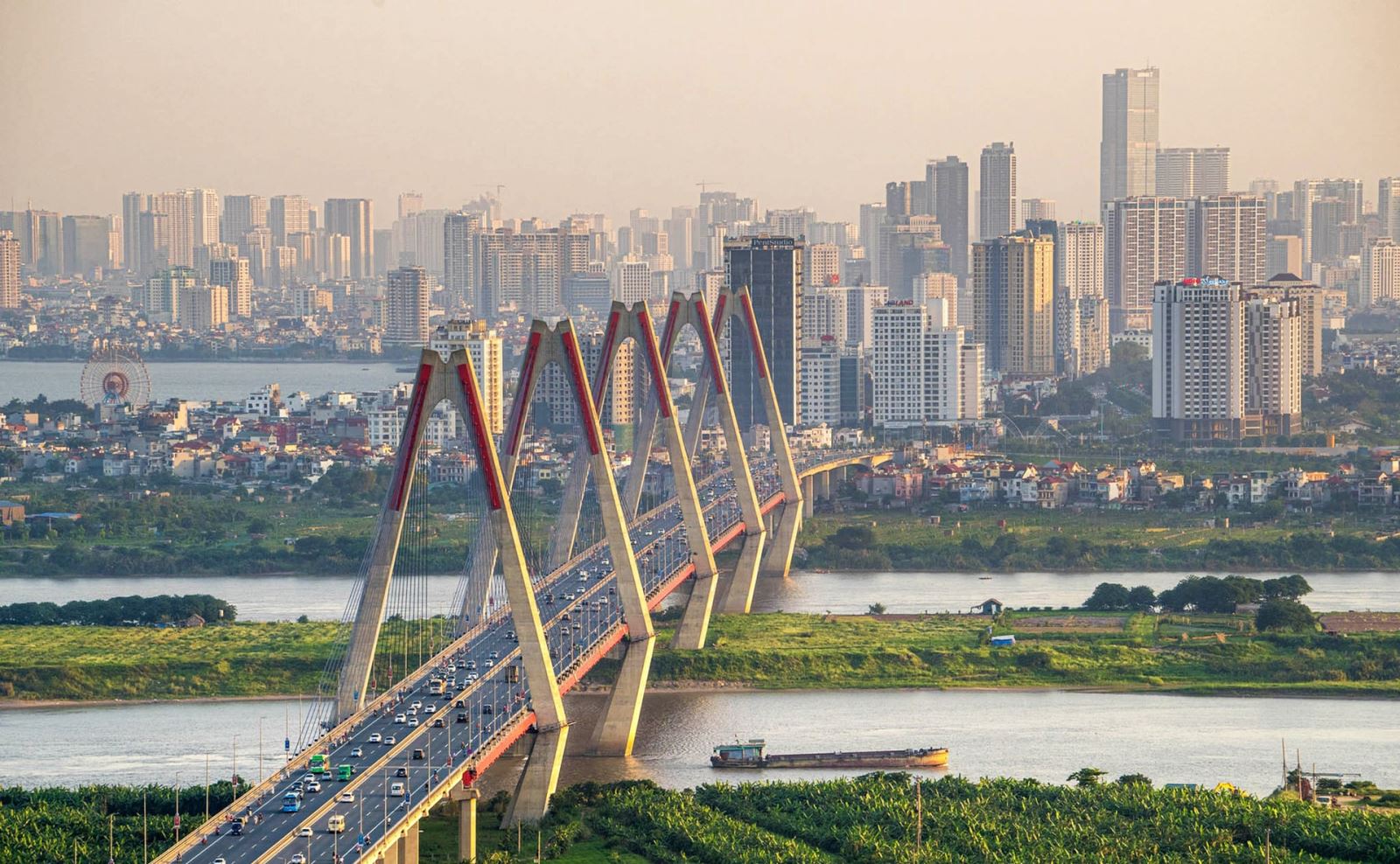

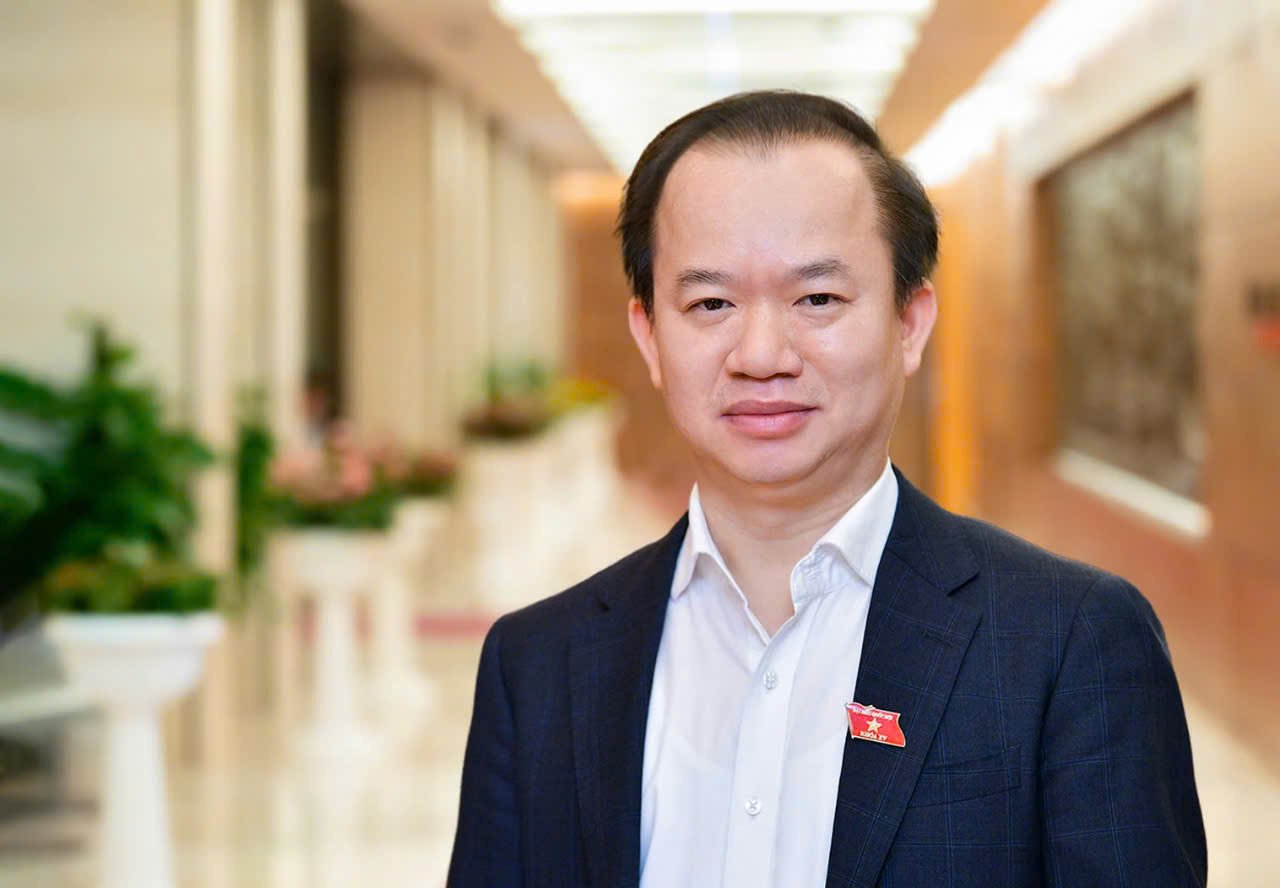













![[Photo] Prime Minister Pham Minh Chinh chairs Government Conference with localities on economic growth](https://vstatic.vietnam.vn/vietnam/resource/IMAGE/2025/2/21/f34583484f2643a2a2b72168a0d64baa)








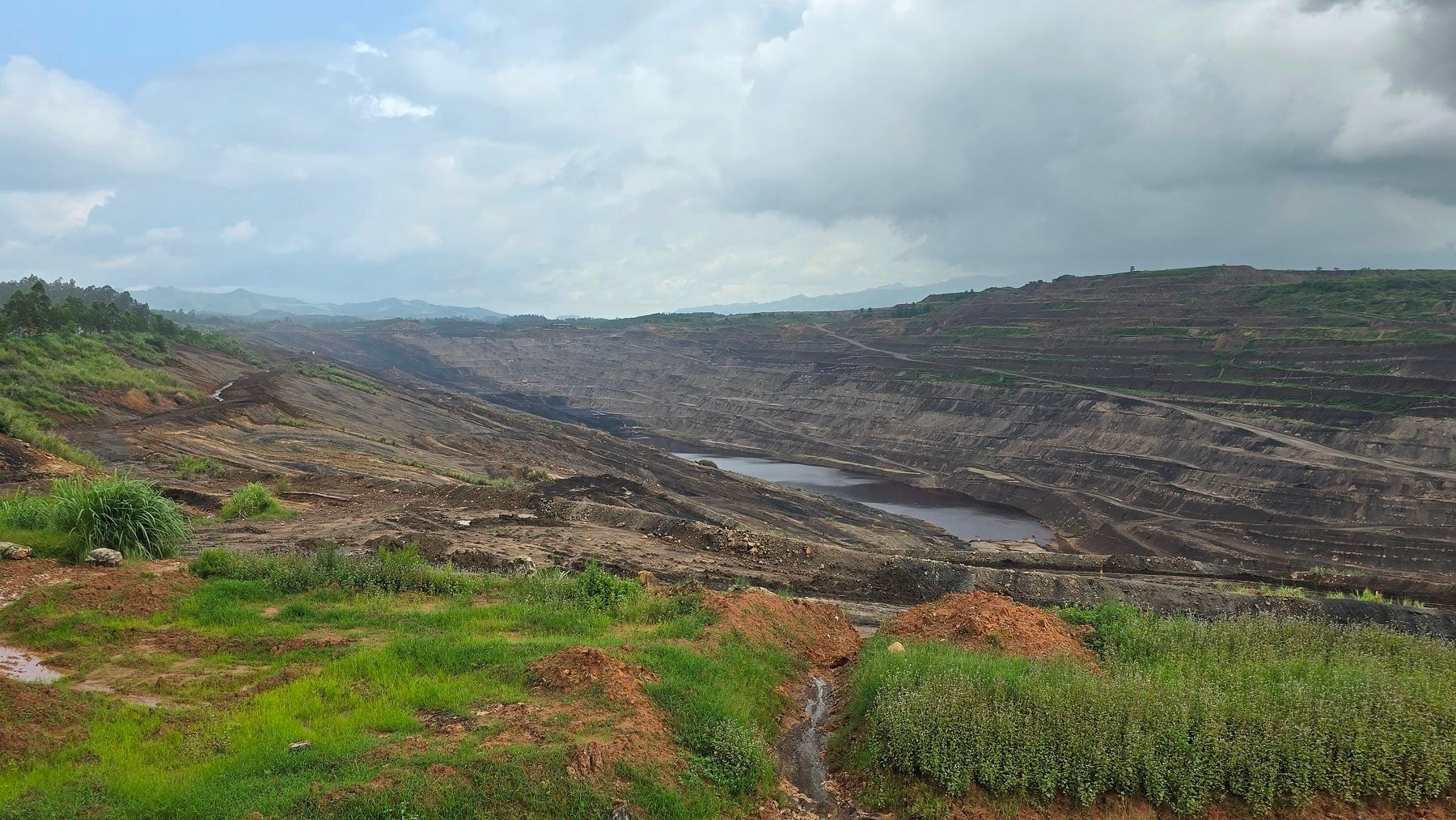


















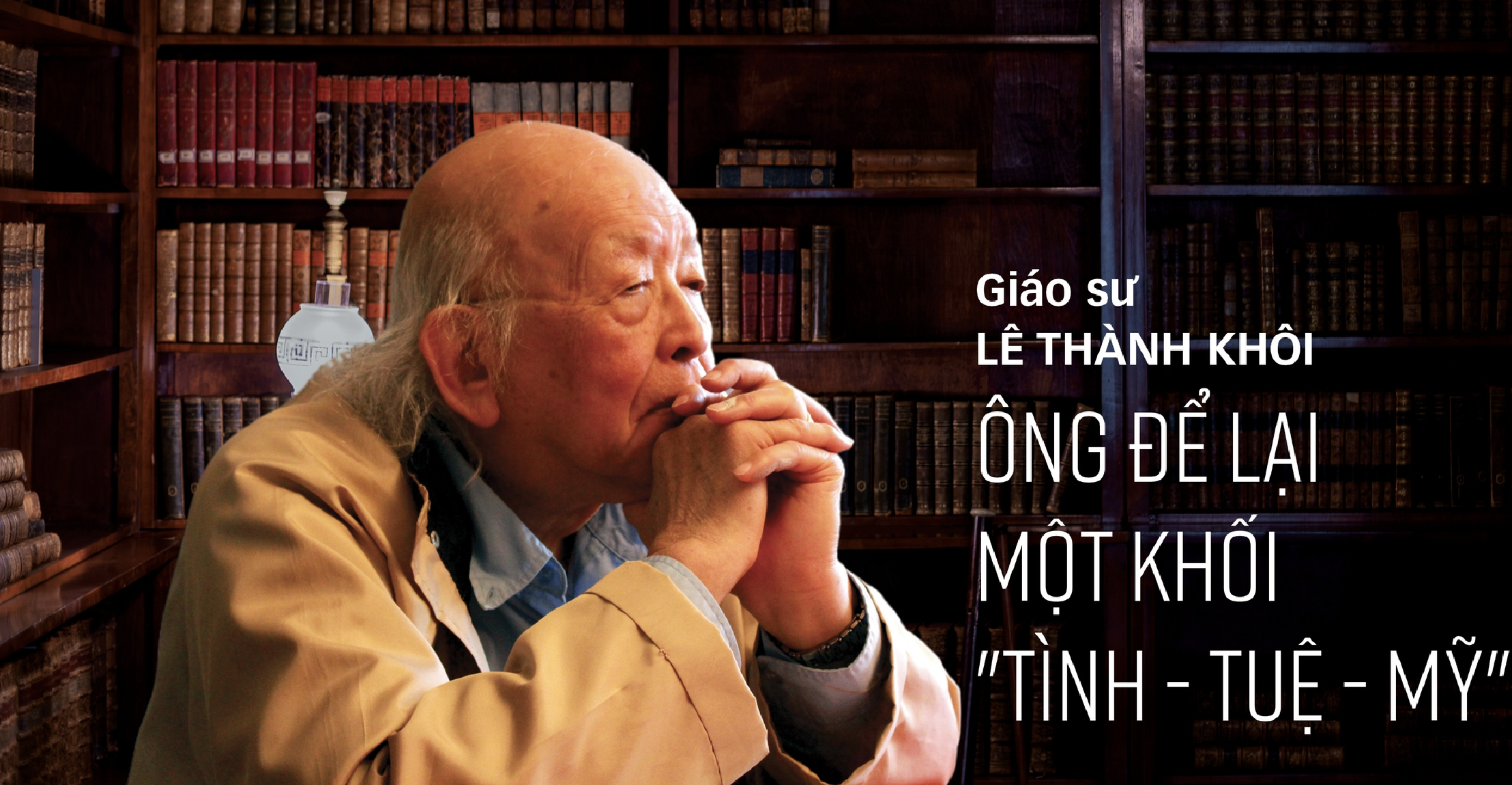

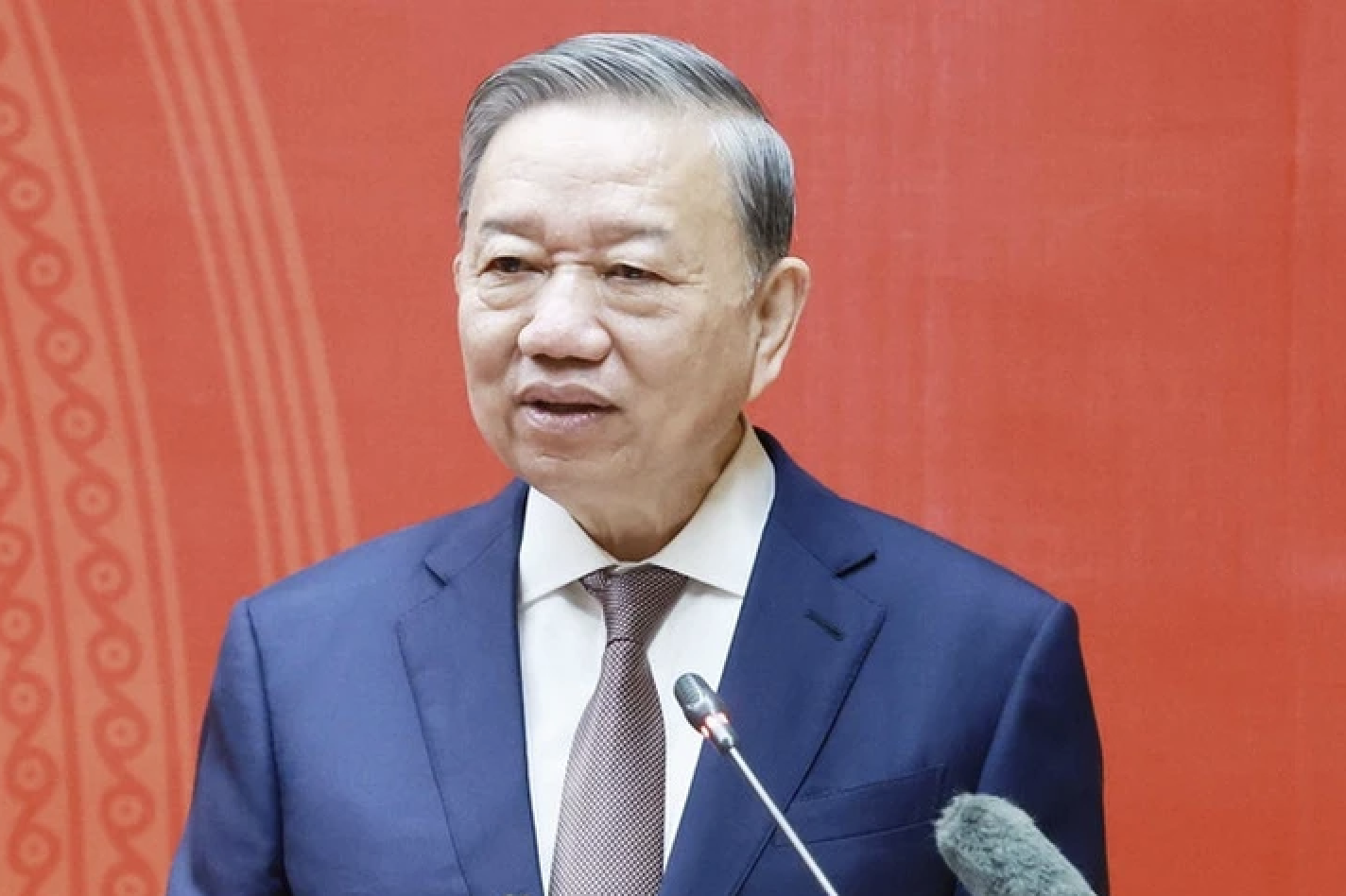
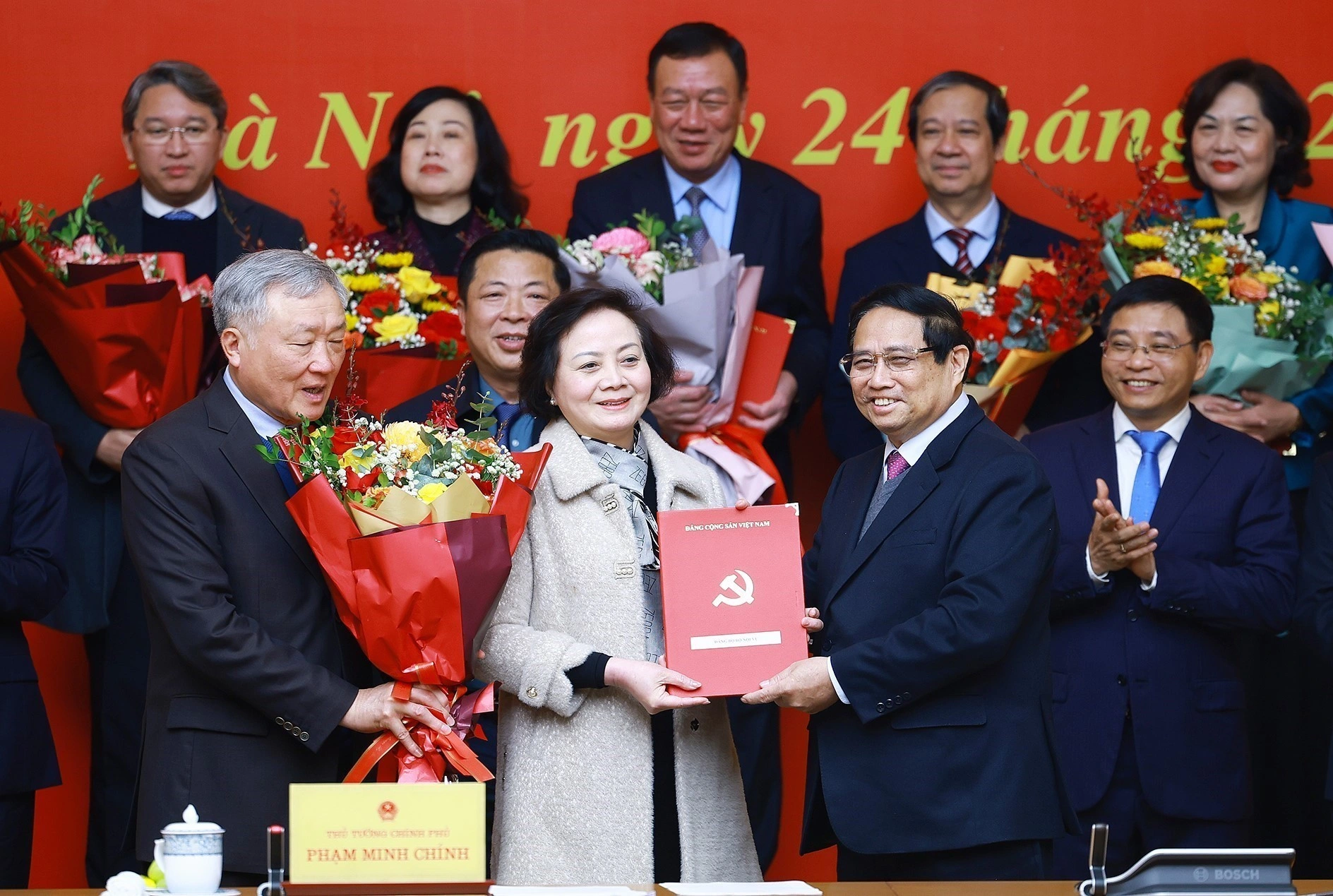
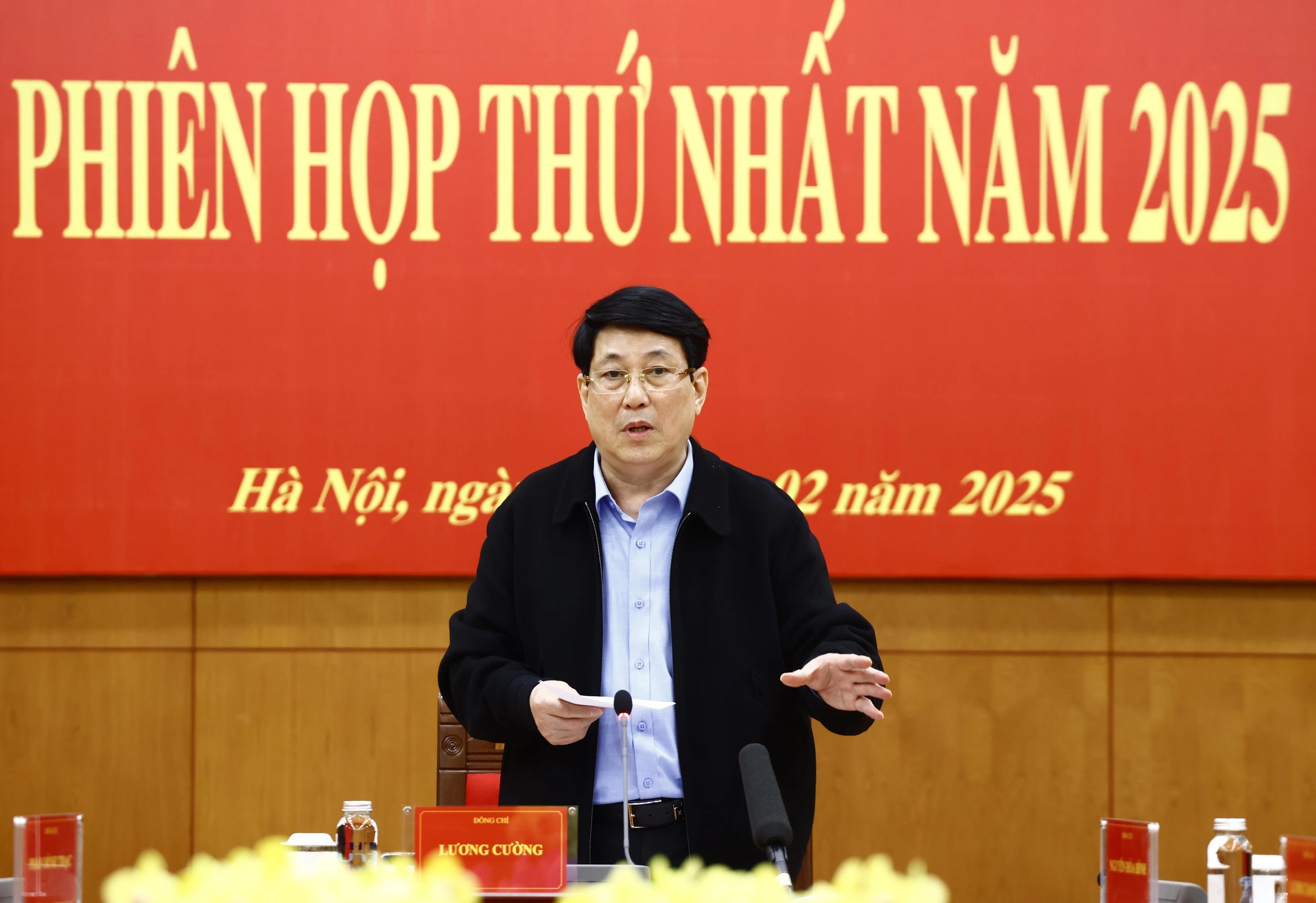























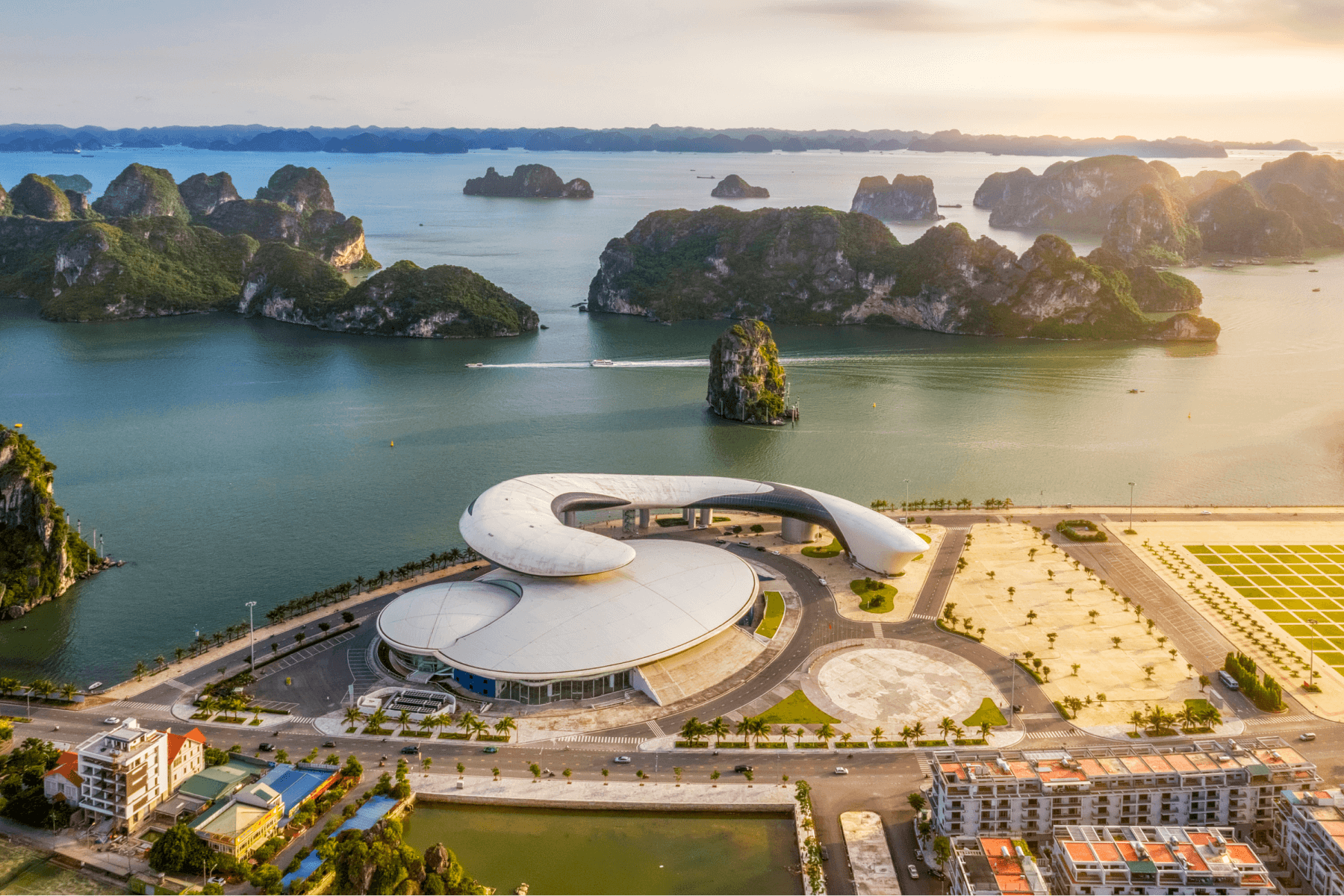
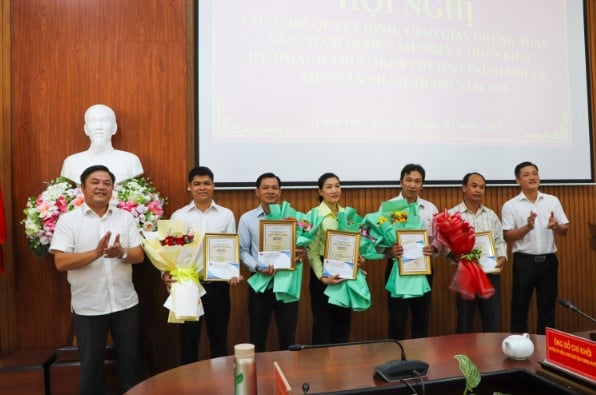
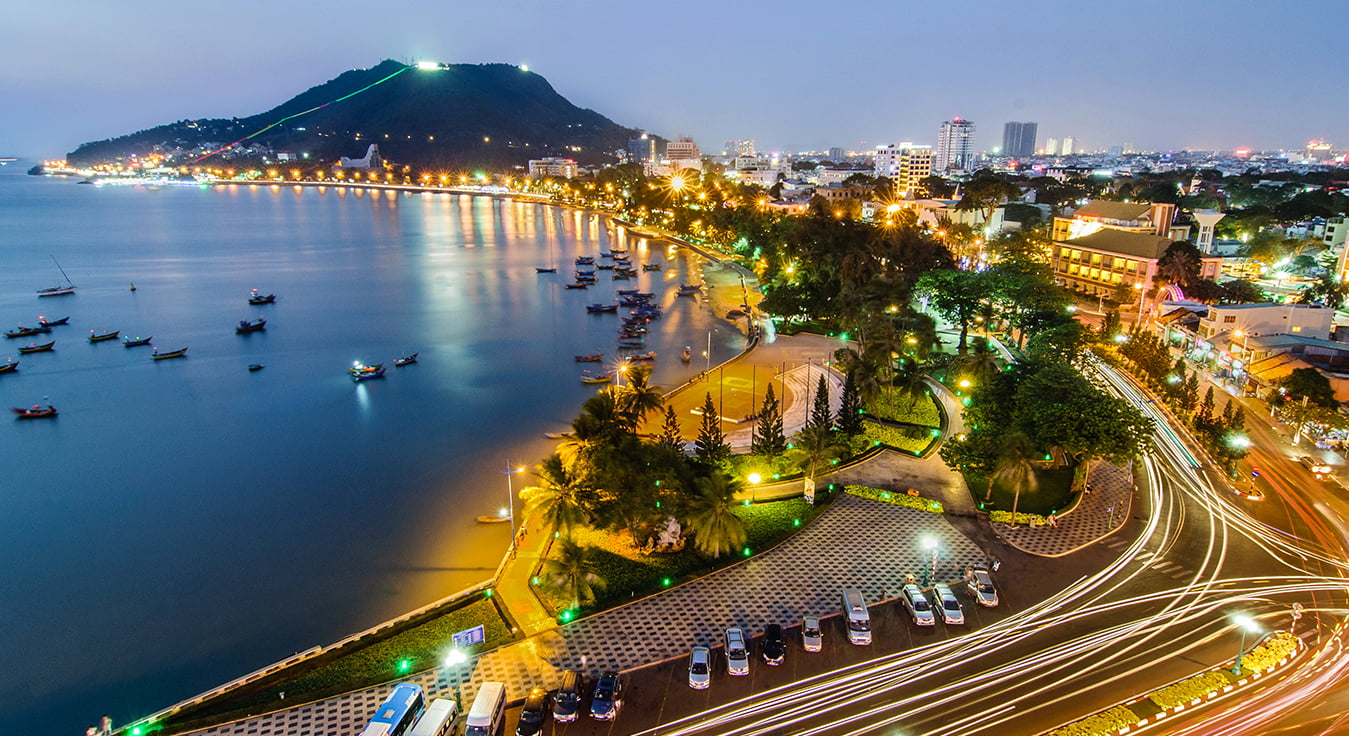
Comment (0)